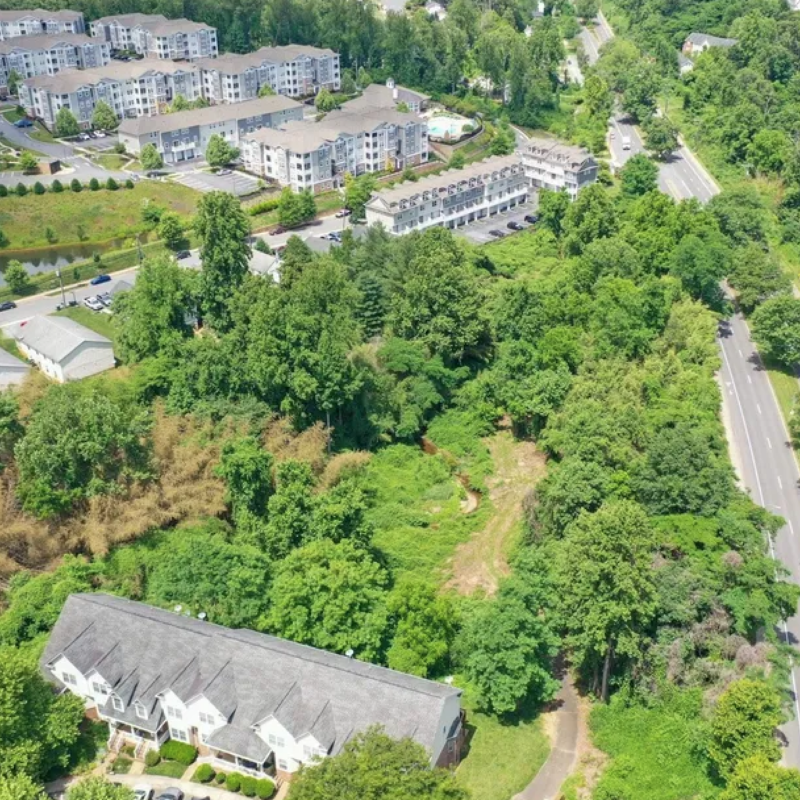Dear Ace: I saw the article in The Daily Progress about algae working its way into our tap water as of late. Should I be afraid?—Al G. Green
Al: Look, man, this ain’t no advice column. Ace can no more tell you to be scared of a little algae than he can tell you that it’s best to break up with that girl you’ve been seeing (she’s cheatin’, dude). If you feel afraid, then be afraid. (…Be very afraid.)
What Ace can tell you is that there’s actually no reason to be afraid. At least, not in David Golladay’s estimation. The manager of the water department at Rivanna Water and Sewer Authority says it’s natural to find algae in a reservoir.
David tells Ace it’s very common for algae to grow in large, still bodies of water. The algae then produce a compound that’s basically harmless, save for the unpleasant taste and smell it gives your water.
But if you’re still hiding in your closet (or nervously watching Erin Brockovich over and over), David says the problem “seems to have come and gone.” When there’s an algae problem like this, there are a few ways to deal with it. The first is that the algae can be washed away by a hard, flushing rain. (David says this is preferred, since there are no chemicals involved and no labor.) The second method, which is how the RWSA chose to handle the situation, is to perform a chemical treatment on the water to absorb all of the algae. And no, the chemical treatment is nothing to be afraid of, either. “It’s one of the most innocuous treatments you can do,” David says. Of course, Ace knows what you’re thinking now: Will it happen again?
David says the RWSA is constantly taking samples to quantify and identify the different types of algae found in and around your drinking water. “We do try to stay on top of it. …It’s a complicated natural phenomenon.” That sounded about right, but then, David put it plainer than Ace could have ever hoped: “Sometimes things just don’t work out.” Let that be a lesson to you.




